Apatosaurus
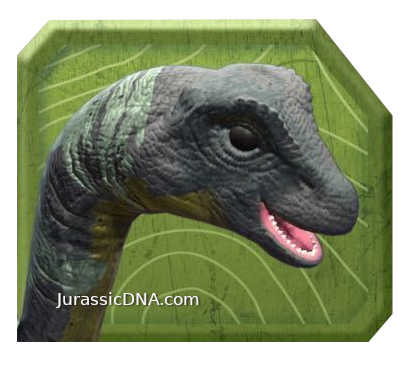
“She was my favorite when I was a kid. Now I see her, she’s the most beautiful thing I ever saw.”– Alan Grant Apatosaurus is one of the most famous of the giant Jurassic plant-eaters. It was a sauropod, a member of a race of huge, long-necked dinosaurs. It was longer than two school buses […]
Einiosaurus – Mission Mayhem Truck
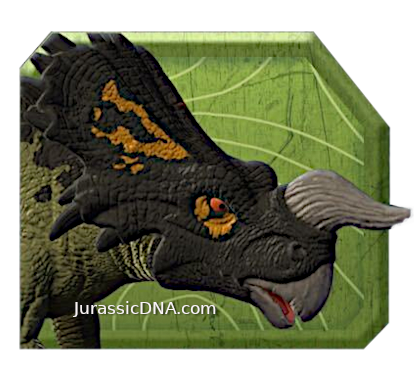
“She was my favorite when I was a kid. Now I see her, she’s the most beautiful thing I ever saw.”– Alan Grant Einiosaurus lived during the Upper Cretaceous period on on nowadays Montana USA territory. Many remains of Einiosaurus were found together, which means that it must have traveled in herds like Pachyrhinosaurus, which […]
Tuojiangosaurus
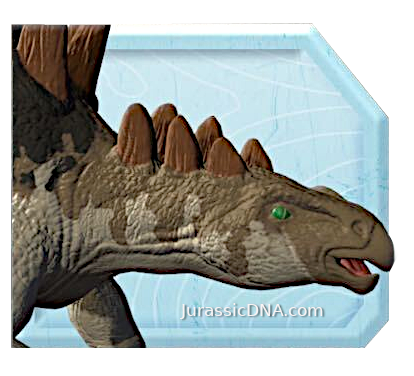
“Let’s call it Stegosaurus, please. The Tuojiangosaurus makes me feel unconfortable”—Ben looking at the Тuojiangosaurus. Tuojiangosaurus is a type of dinosaur that lived during the Jurassic period, around 163 to 157 million years ago. It belonged to a group of dinosaurs known as stegosaurs, which are characterized by their large size, distinctive body plates, and […]
Guaibasaurus
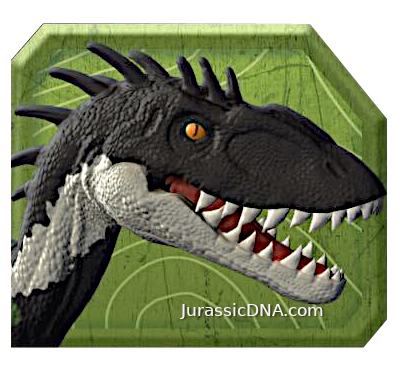
“When we are speaking about herbivorous dinosaurs we are used to their enormous size but the Guaibasaurus is quite the opposite. I want to have it as a pet!”—Ben admiring at the size of the Gaibasaurus. Guaibasaurus is a genus of small dinosaur that lived during the Late Triassic period, approximately 225 million years ago. […]
Triceratops

“Why was the Triceratops such a popular dinosaur? Because it was always tri-horny!“– Alan Grant Triceratops is a genus of herbivorous ceratopsid dinosaurs that lived during the late Maastrichtian stage of the Late Cretaceous Period, around 68 to 66 million years ago. They were one of the last dinosaurs to exist before the mass extinction […]
Hesperosaurus
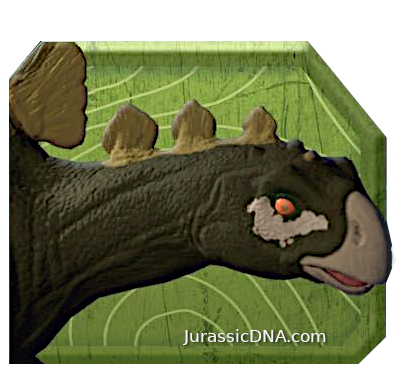
“Oh you are so colourful!”—Ben. Hesperosaurus belongs to the stegosaur family Stegosauridae, which includes other well-known herbivorous dinosaurs like Stegosaurus and Kentrosaurus. The Hesperosaurus name derived from the Greek ἕσπερος, hesperos, “western”, in reference to its location in the western United States. Hesperosaurus lived during the Late Jurassic period, approximately 154 to 153 million years […]
Stegouros
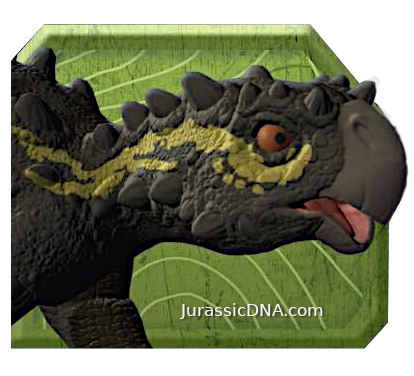
“This one does not look like Bumpy. It looks more like a Grumpy to mee.”—Ben looking at the Stegouros. Stegouros is an extinct ankylosaur genus that lived during the Late Cretaceous period in the southernmost region of Chile, Magallanes. The generic name combines the Greek stegos, meaning “roof” and oura, meaning “tail”, referring to the […]
Craterosaurus
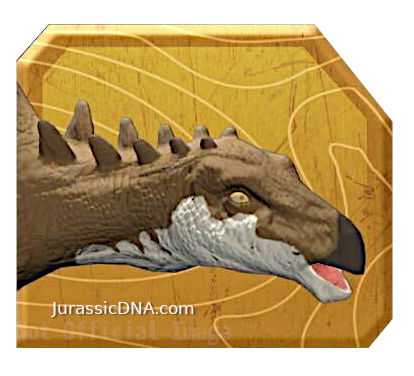
Jurassic World Epic Evolution Craterosaurus “Now you see why we thought that this is commonly mistaken for a Stegosaurus.”—Ben Pincus Dino Fact File Name Meaning: Strong Reptile How to say it: Cra-ter-o-sore-us Diet: Herbivorous 🌿 Height: 1 meters (3 feet) Lenght: 3 meters (9 feet) Weight: 1 tons (2.200 pounds) The Craterosaurus, was a stegosaurid […]
Avaceratops
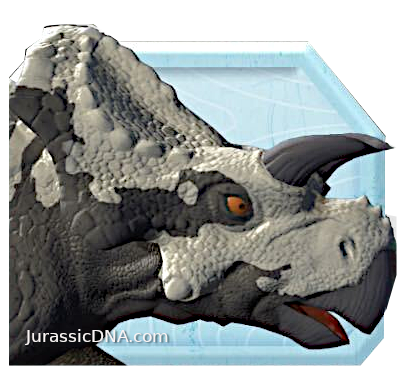
Jurassic World Epic Evolution Avaceratops “No no, it looks similar but it is not the same. Repeat after me avac-er-atop-s”—Annoying teacher in school Dino Fact File Name Meaning: River-horned face How to say it: avac-er-atop-s Diet: Herbivorous 🌿 Height: 0.6 meters (2 feet) Lenght: 1.8 – 2.1 meters (6-7 feet) Weight: 400 pounds (180 kilograms) […]

